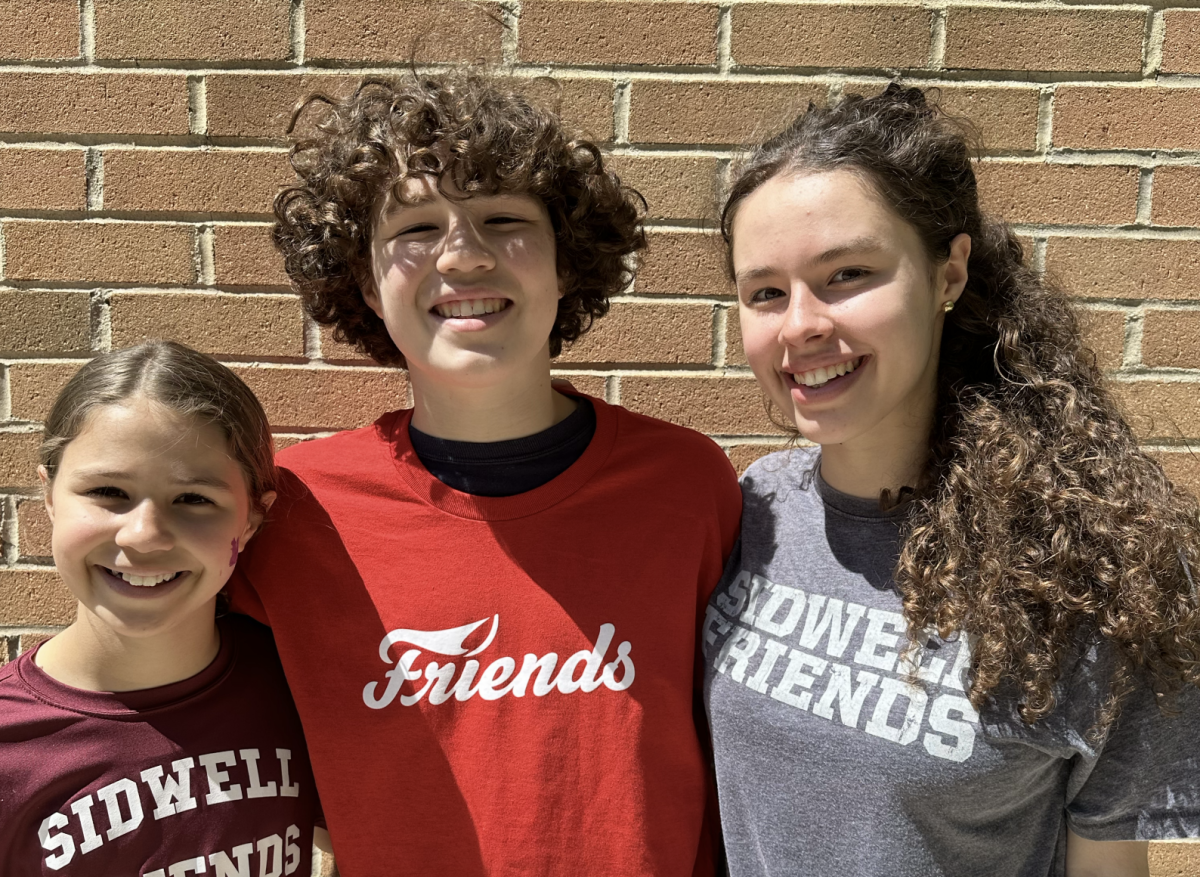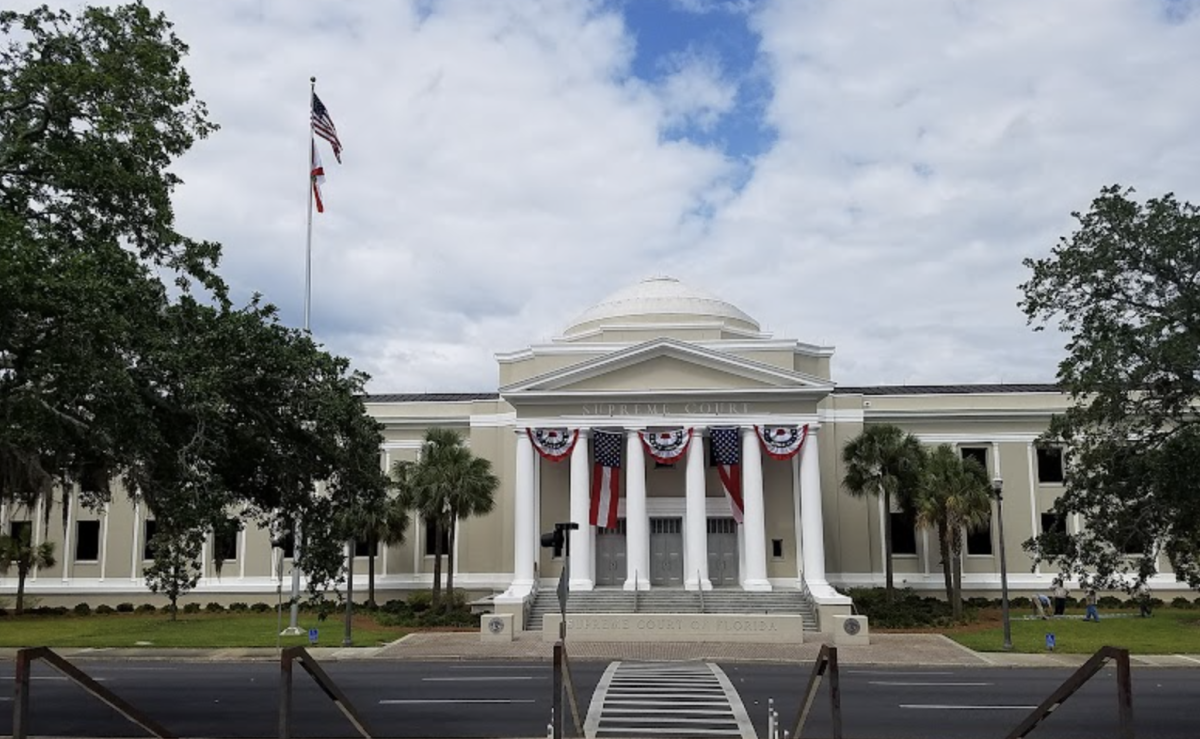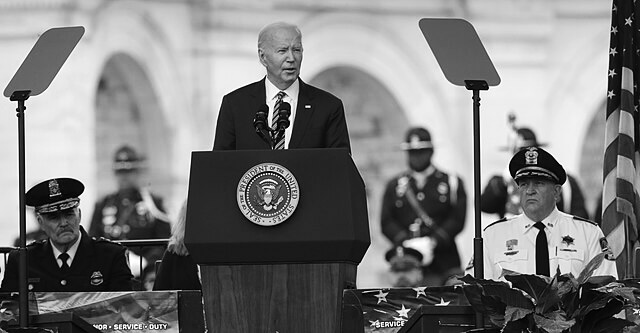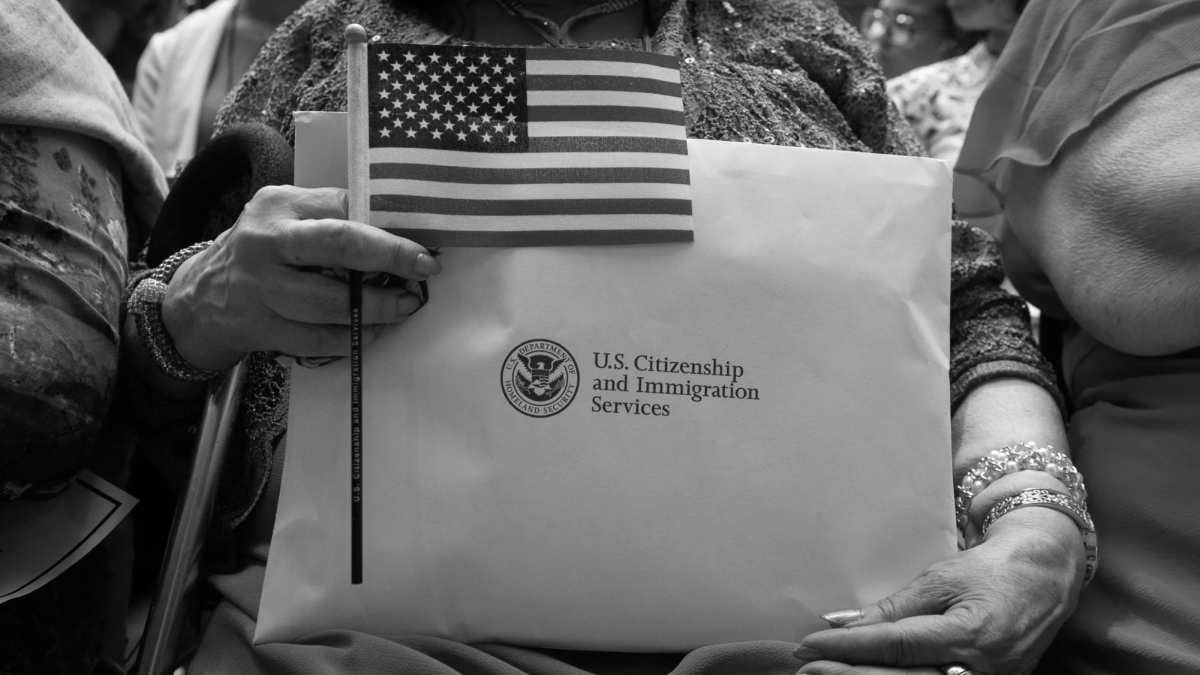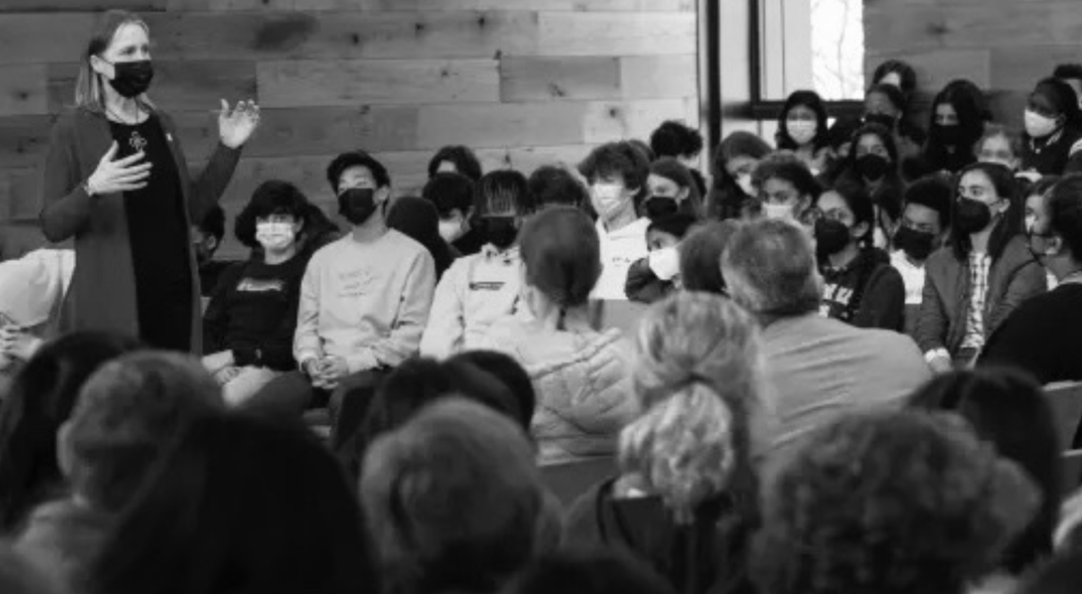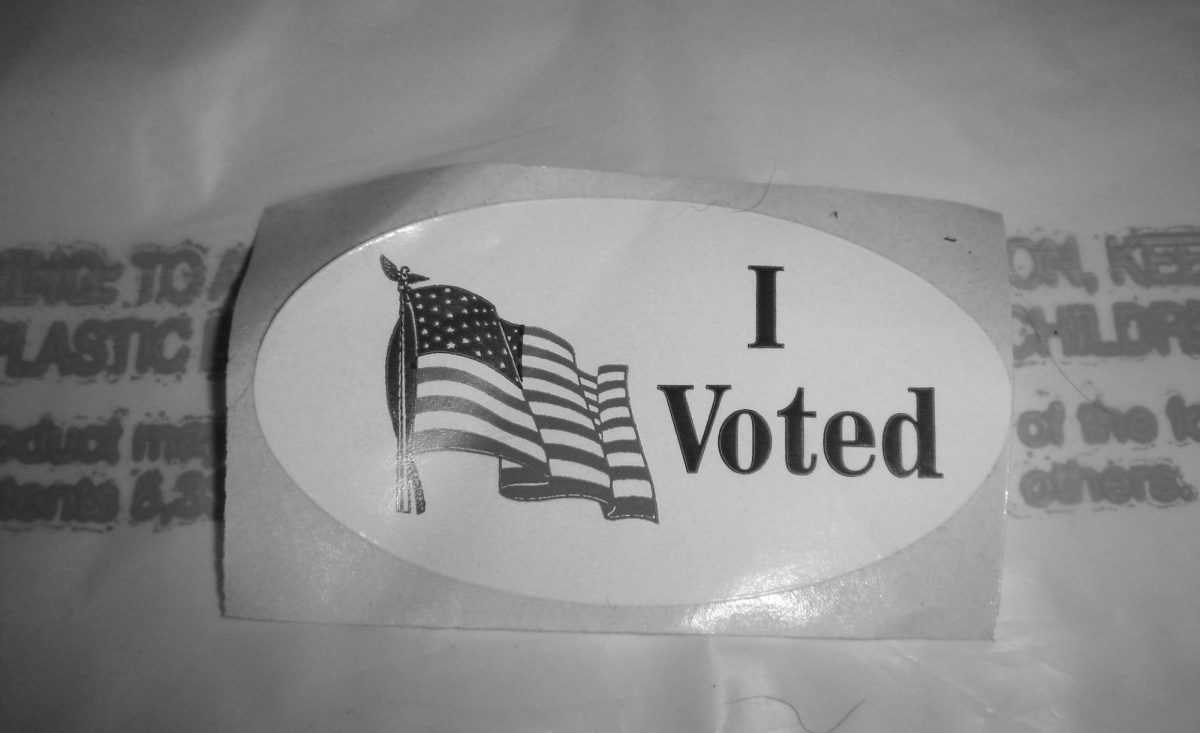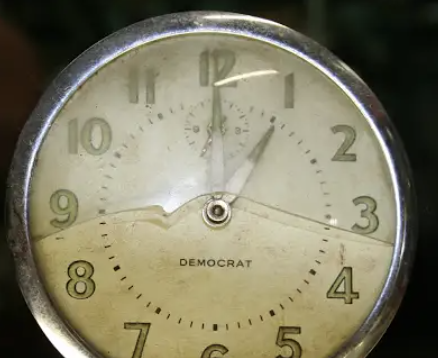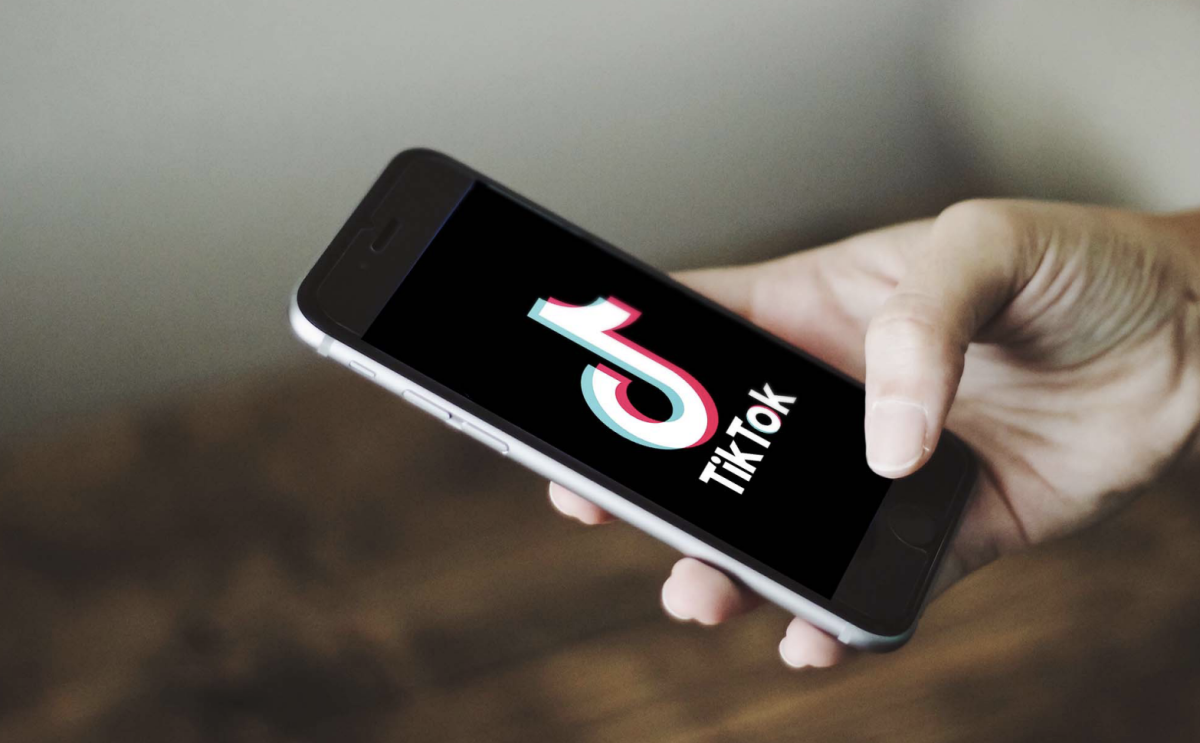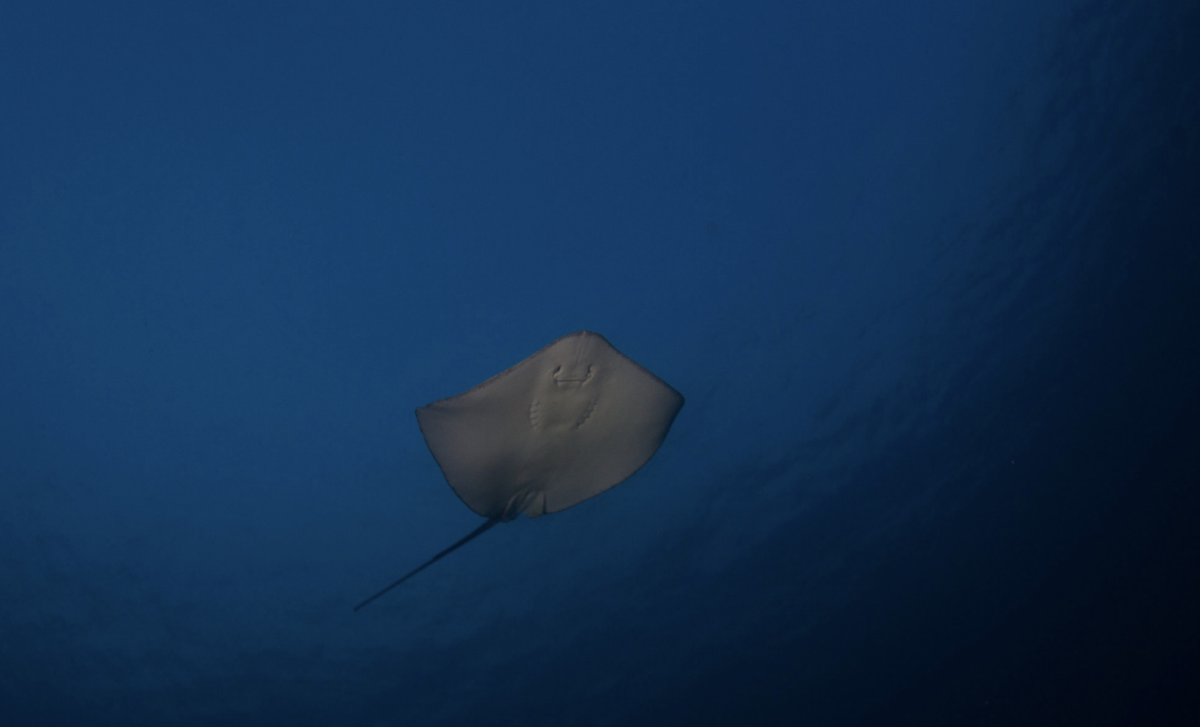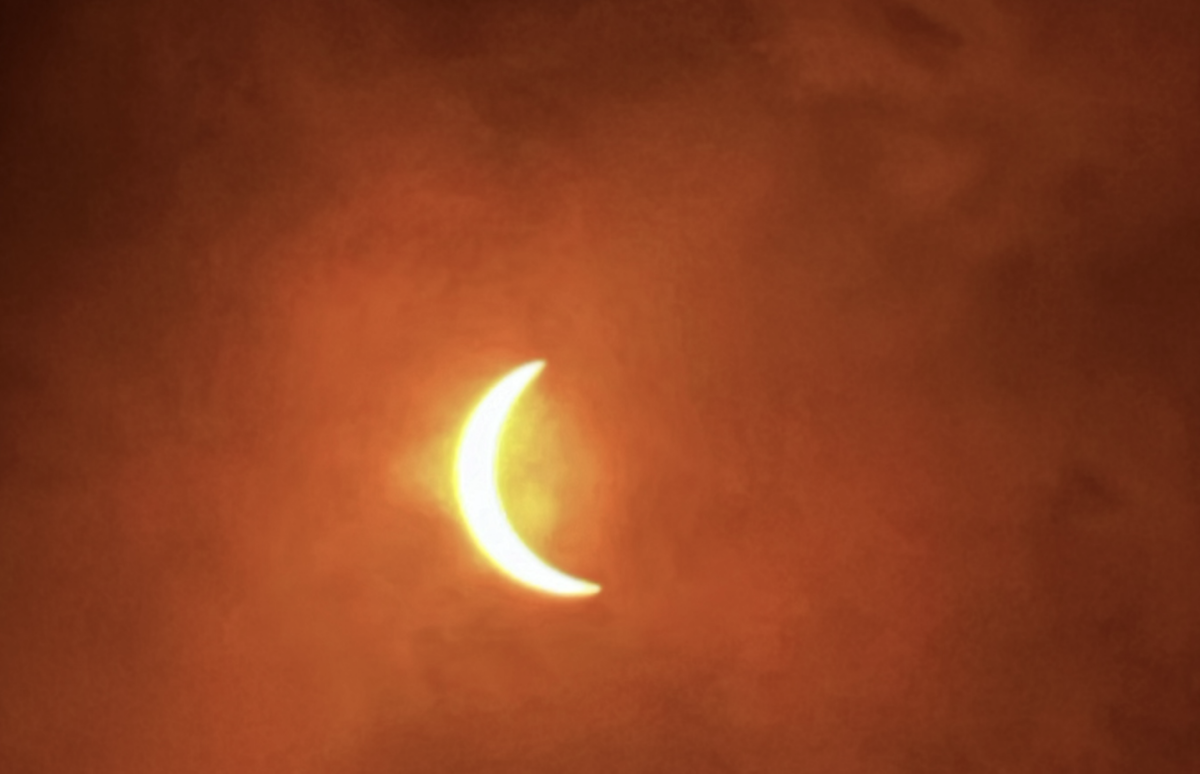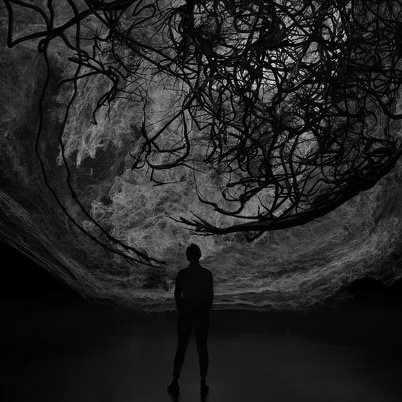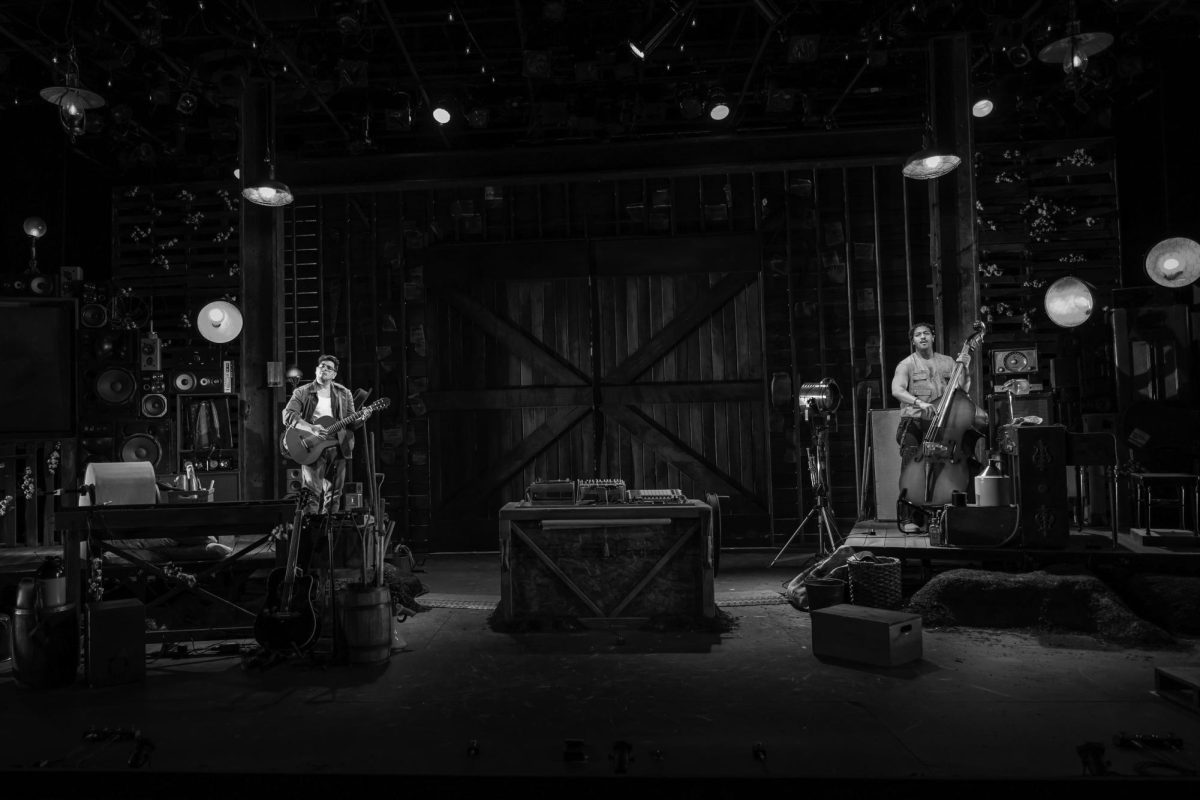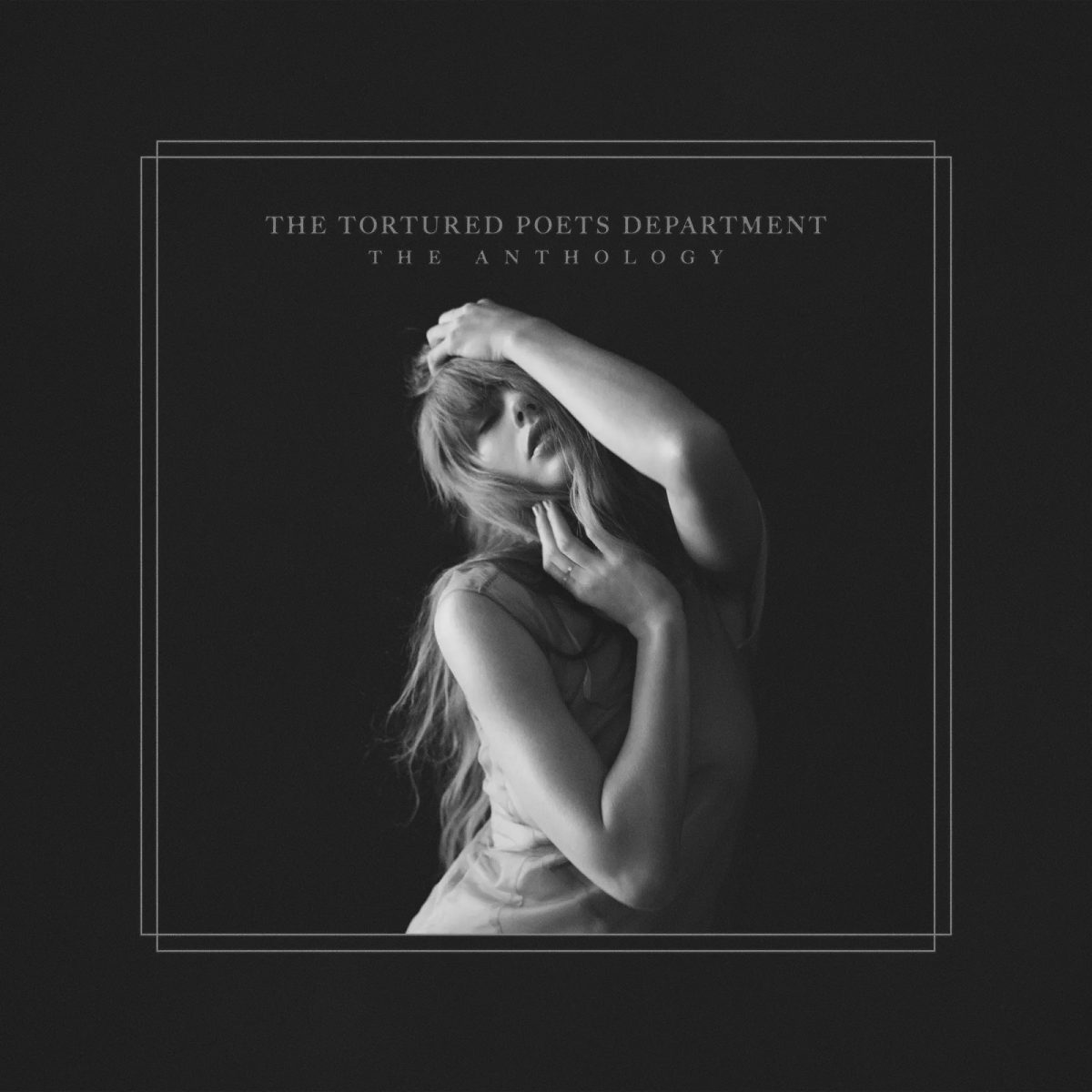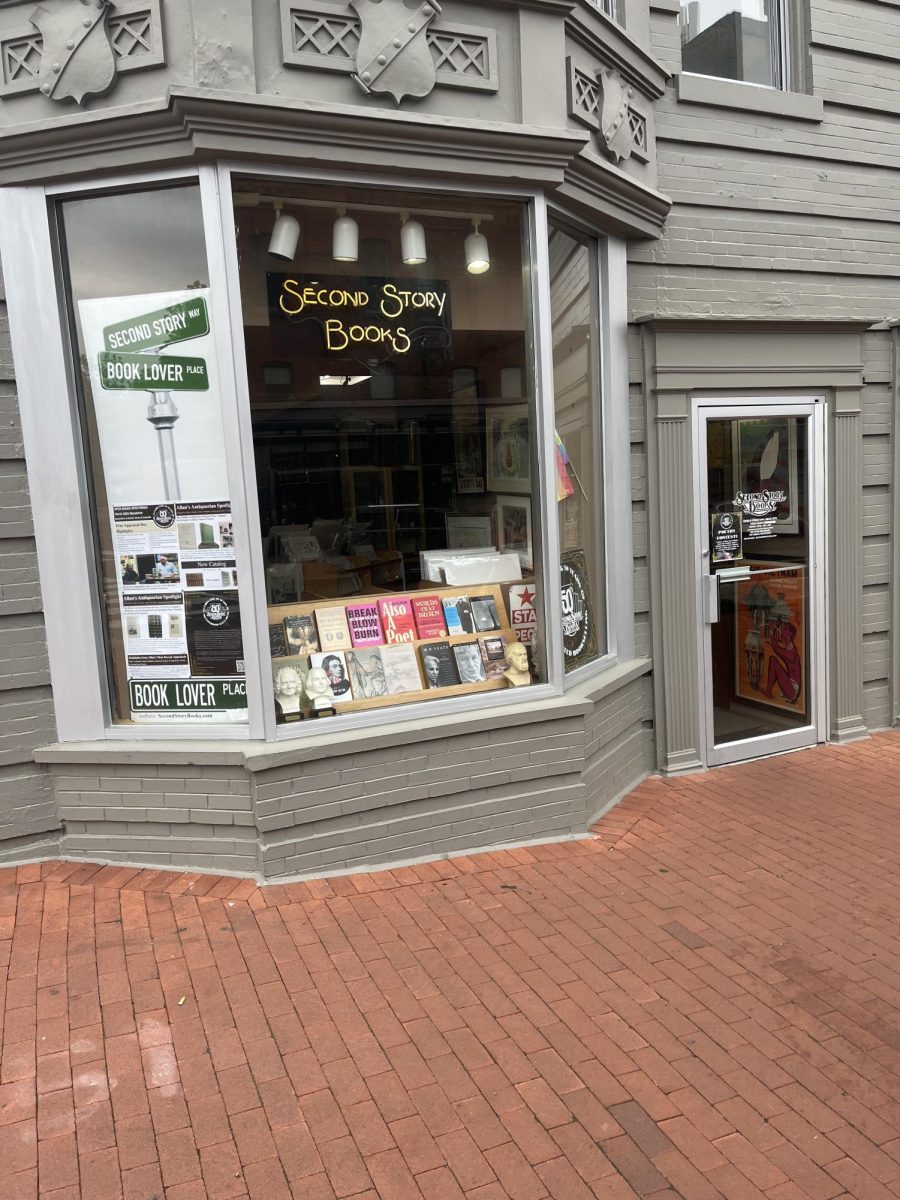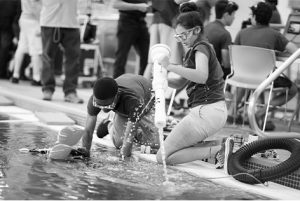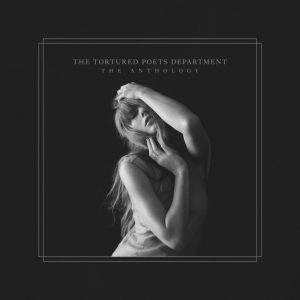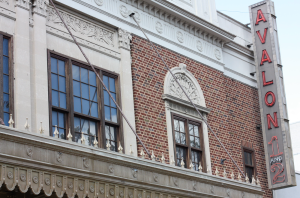On April 8, Sidwell students gathered on the Upper Turf Field to view the solar eclipse with millions of others all over North America following suit.
The phenomenon of a solar eclipse requires the precise alignment of the sun, moon and Earth. As the moon casts its penumbra shadow, the sky appears black, with a sliver of a halo effect of light disseminating from the atmosphere.
A solar eclipse can be observed totally or partially. A total solar eclipse occurs when the viewer is in a location perfectly aligned with the moon’s path across the earth’s shadow, which entirely blocks the face of the sun from view. The total eclipse darkened the skies of a slice of North America. Along the path of totality, people will only see the sun’s corona, the outermost part of the sun’s atmosphere.
A partial eclipse is seen from outside the path of totality, where the moon covers most but not all of the sun. Weather and location affect what is seen during a total solar eclipse; clear skies are needed to have an unobstructed view of the sun and moon, and it must be seen somewhere along the path of totality to see all the stages of the eclipse.
Sidwell students experienced a partial solar eclipse, visible between 2 to 4 p.m. Dean of Student Life Darren Speece commented on how the eclipse united the school community saying, “I loved that the whole upper school was out here together,” he said.
Sophomore Romy Ugel noticed that same feeling of unity. “I thought it was really fun to see every single person in the world looking up at the sky at the same time,” she said.
During the eclipse, solar rays can burn through the lens and cause serious eye injury, so safe solar viewing glasses, called eclipse glasses, are required. Upper School Science Teacher Chris Ritacco bought eclipse glasses for the Upper School, which were distributed to students before the eclipse so they could experience the phenomena safely.
Sophomore Lucy Verma reflected on the experience of her second solar eclipse:
“I thought that the solar eclipse was a very unique experience. I appreciated the sight that I was seeing because it was such a rare occurrence. [It is] always a very fascinating thing to experience something that you don’t know how to put into words. It was extremely memorable.”
Researchers such as psychologist Sean Goldy of Johns Hopkins told BBC that past eclipses found people to report a greater sense of kinship. Others who studied the effect of past eclipses report a drop in a viewer’s sense of ego and, as Dacher Keltner of UC Berkeley also told the BBC, such awe and wonder allows people “to collaborate, to open our minds to wonders, and to see the deep patterns of life.”
A rare event like an eclipse causes humans to pause, reflect and enhance connections with nature and one another. Total solar eclipses can cause significant shifts in emotions, “Many people tend to have deep emotional responses when the sun goes into totality,” NASA reported.
Despite many students being impressed with the eclipse, others were dissatisfied with their experience and expected more. Sophomore Daniel Rodriguez expressed this sentiment: “I think it was overhyped because we were not in full totality, so it wasn’t as extreme of an eclipse as I was expecting,” he remarked. Sophomore Penelope Davies agreed: “To be honest, I don’t think it was as intense and impressive as people were saying, someone told me someone cried when they saw it and I was wondering why. I probably had fun for five minutes or so,” she said.
Without eclipse glasses or a handheld solar viewer an indirect viewing method can be used to see the eclipse safely without looking right at the sun. For example, a pinhole projector has small holes and openings that project an image of the sun onto a close surface. Then this projected image can be viewed without looking at the sun through the pinhole.
NASA suggests that eclipse projectors can be made using a cardboard box, a white sheet of paper, tape, scissors and aluminum foil, which projects a crescent sun onto a white sheet of paper. Upper School Science teacher Julie Langenbrunner made a picture of the shadow during the eclipse by punching a card with holes, which the sunlight filtered through.
“A friend of mine who is an astrophysicist made one with his name on it in 2017, and I sent myself a reminder for 2024 to make these in the future. I thought they were easy to make, so I might as well make as many as I can,” Langenbrunner said. Another way to achieve the same effect of viewing the eclipse without special glasses is by holding up a colander during an eclipse.
The 2024 total solar eclipse had a longer period of totality than the previous one in 2017. In addition, the moon lay closer to Earth this year, meaning it took the Moon longer to move in its orbit across the front of the sun, which made it look larger. The 2024 eclipse path passed over more cities and higher populated areas than the 2017 path, so more people saw the totality of the eclipse. Around 31.6 million people live in the path of totality of this year’s eclipse, while 12 million did in 2017.
The longest period of totality was 4 minutes and 28 seconds, in Torreón, Mexico. Most areas along the path of totality saw a duration of around 3.5 to 4 minutes. The best places in the U.S. to experience totality during the April 2024 solar eclipse were Texas, Oklahoma, Arkansas, Missouri, Illinois, Indiana, Ohio, Pennsylvania, New York, Vermont, New Hampshire and Maine.
The next solar eclipse that will be visible from the U.S. will be on August 22, 2044, where a total eclipse will be observable in North and South Dakota, Montana and northern Canada. Additionally, the following year, on August 12, a coast-to-coast total eclipse will occur in the US, traversing from California to Florida. The next total solar eclipse anywhere in the world is Aug. 12, 2026, in big areas of the northern hemisphere. Totality will be visible in Greenland, Iceland, Spain, Russia and a small part of Portugal.





